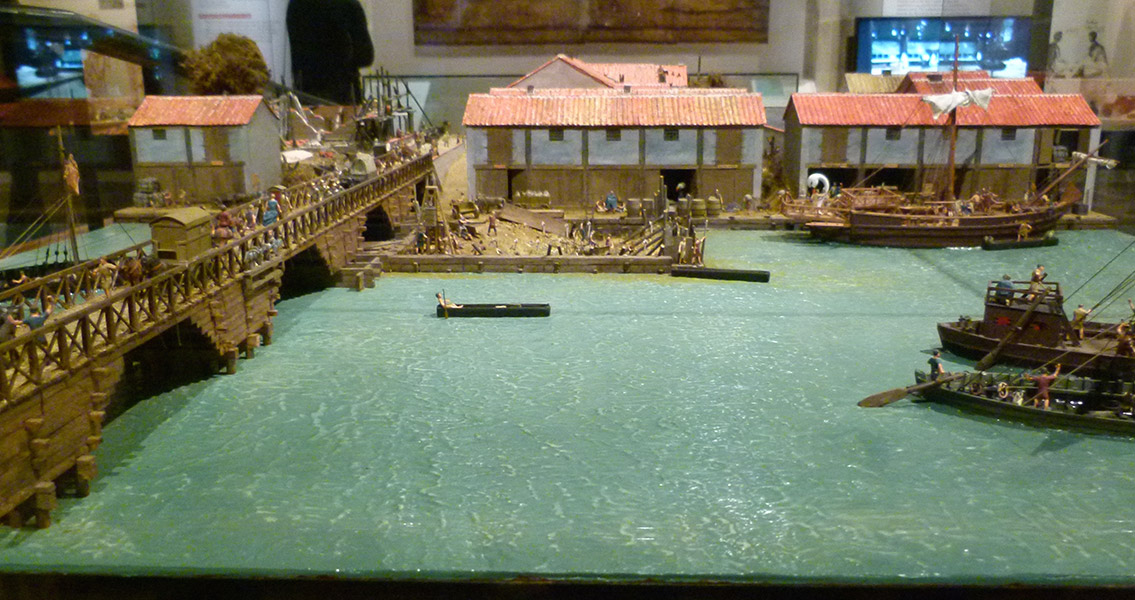<![CDATA[The earliest financial records dating to Roman Britain have been found recently during construction of Bloomberg’s new European headquarters in the heart of the City of London, it was recently revealed. More than 400 ancient writing tablets were discovered at the construction site alongside Queen Victoria Street, instantly making the three-acre site the largest archaeological dig in the history of London. The treasure trove of artifacts paints a detailed picture of what was once a thriving Roman thoroughfare during the first century CE; items in excellent condition ranging from court documents, bills of sale, loan notes, correspondence, and personal objects like jewelry and leather boots, all shed light on the earliest of London’s “civilized” inhabitants. One artifact, the remnants of an ancient promissory note, has been dated to what would have corresponded to the date of January 8, 57 CE by our current calendar, thanks to the date appearing on the note itself. The wooden tablet bears an inscription in cursive Latin describing how a sum of 105 denarii was owed to Gratus, a freedman of a Londinium citizen named Spurius, from Tibullus, a freedman of Venustus, for goods sold and delivered. The tablet would have originally been covered in beeswax. It’s taken roughly two years for archaeologists from the Museum of London Archaeology to conserve and research the hundreds of finds, which were initially discovered in 2014. Now, MOLA researchers have published a monograph, available for sale through the MOLA website, containing translations of nearly 90 of the tablets that proved legible. The monograph’s main author, retired Oxford University Classics scholar Roger Tomlin, says these tablets can help to provide some very up-close and personal glimpses into the daily lives of the first people to inhabit London, according to an interview appearing in National Geographic. Tomlin said the process of piecing together the sometimes barely-legible Roman script the messages were written in was akin to a very advanced version of Sudoku. It sometimes took him up to a week to decipher a single message. Some tablets featured such faint Latin script that digital techniques were needed to reveal them – a process that Sophie Jackson, the MOLA archaeologist that supervised the initial excavation, likened to reading bits of people’s emails without their knowledge. Some messages seemed so mundane, delivering information that wouldn’t have been out of place in an email or a text message today, Jackson said, pointing out one partially-recovered message that gave delivery instructions: “You will give this to Junius, the cooper, opposite the house of Catullus,” the message read, implying to Jackson that a modern equivalent of such a message could be a text akin to “meet me outside the HMV store on Oxford Street.” Jackson said it’s easy for modern Londoners to think of the city as theirs, yet snippets of ancient conversations left behind and recovered from the Bloomberg dig show that it was a Roman city thousands of years before it was ever a British one. To the inhabitants of its time, it was most certainly their city. The monograph is available for purchase from the MOLA website]]>
Earliest Roman Financial Records Discovered in London
